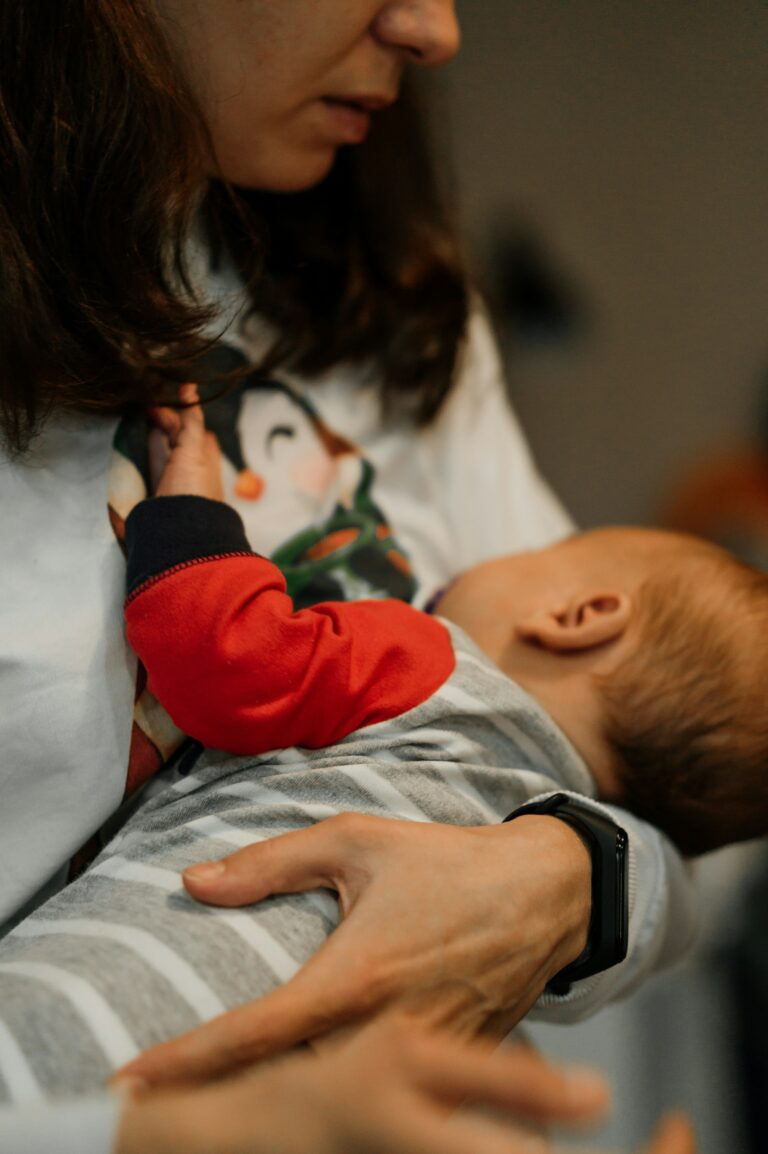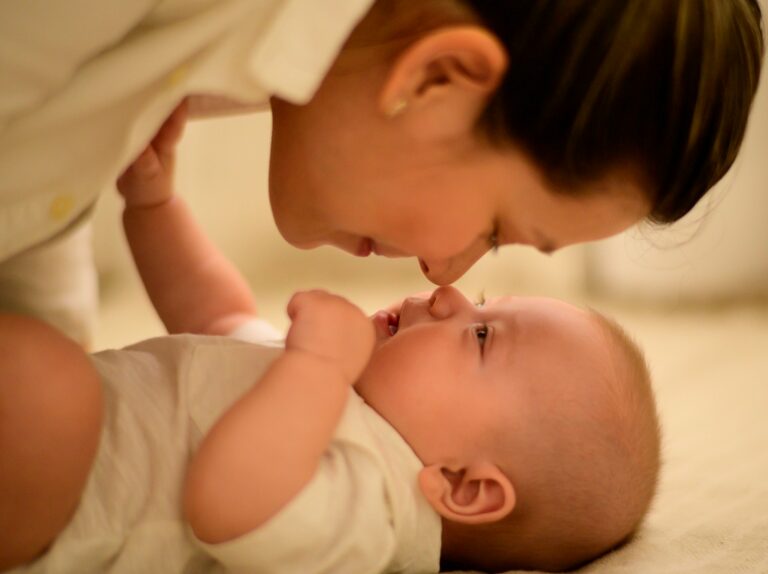Returning to work after maternity leave—a time marked by both anticipation and apprehension—often leaves parents pondering: how will responsibilities shift, who will hold the baby at midnight, and what if routines turn chaotic? The co parent role after maternity leave is no mere title; it demands a new rhythm, genuine teamwork, and, above all, adaptability. Many parents wonder if balancing career, emotional support, night feeds, and nurturing a strong family bond is an impossible juggling act. But expert insight, a bit of planning, and a willingness to tackle challenges together can transform family life. Throughout this article, discover not only practical strategies but also the medical and psychological science underscoring every tip for a harmonious co-parenting partnership. Vox populi—let’s lift the burden, strengthen connections, and ensure every parent finds their feet.
Embracing the co parent role after maternity leave
Whether you’re trading shifts at midnight or passing a warm bottle in sleepy silence, the co parent role after maternity leave weaves two lives around the shared needs of a newborn. It’s more than dividing chores—it’s about fostering connection, supporting each other’s well-being, and crafting a secure space for your child to thrive.
Active co-parenting anchors on several pillars:
- Shared responsibilities: Both parents pitch in, from nappies to night-time soothes, feeding to fun.
- Communication and planning: Early discussion helps clarify boundaries and ensures invisible mental loads—like scheduling check-ups or remembering vaccines—aren’t carried by one alone.
- Emotional support: Parenthood brings hormonal surges, fatigue, and doubts. Standing together, acknowledging each other’s struggles or achievements, becomes essential.
Parents frequently experience mood swings and tiredness linked to sleep deprivation and hormonal readjustments—a reality shaped by postpartum physiology. Awareness and respect for each other’s mental health isn’t luxury; it’s survival.
Why sharing matters: Unpacking the science
When both caregivers engage, studies in paediatric psychology consistently reveal:
- Improved cognitive and emotional growth in children due to predictable, nurturing routines.
- Reduced parental burnout. Shared load means less chronic stress, lowering cortisol (the stress hormone) often linked to postpartum exhaustion.
- Secure attachment formation. Over time, daily, loving interactions with both parents cement trust in the developing infant brain.
Notably, even when workplace policies seem to favour only one parent (many Indian organisations still offer limited paternity leave), open conversation and flexibility—like alternating work-from-home days or adjusting personal routines—can bridge these gaps.
Making transitions smoother together
Everyday rituals for bonding
The days after maternity leave are precious: a sensory symphony of baby’s first stretches, eyelid flutters, night-time feeds, sudden cries, and perhaps a touch of colic. Taking turns—maybe one parent handles the 2 AM soothe, the other sings lullabies at 6 AM—not only preserves sanity but deepens personal attachment. For the non-birthing parent, participatory activities like bathing, skin-to-skin cuddles, or bottle feeds (even with expressed breast milk) foster oxytocin release, which science links to parent-child bonding and stress reduction.
How to weave these in?
- Schedule family routines, even in 10-minute snatches: giggle time, music, reading.
- Allow for flexible roles; some families alternate chores or take charge of different “zones” (kitchen, laundry, bedtime).
Supporting the recovering parent
Physically, the postnatal period—whether after vaginal delivery or caesarean—can bring uterine contractions, lochia (post-birth bleeding), musculoskeletal pain, and emotional fragility. When one parent takes over cooking, errands, or helps older siblings with school runs, the recovering parent gains rest, accelerating healing and reducing risks of postpartum complications (infections, delayed wound healing).
Silent gestures—a warm pack, a favourite snack, or handling midnight diaper duty—speak volumes. Medical science confirms: mental support and adequate rest lower risk of postnatal depression.
Emotional and moral scaffolding
The post-birth roller-coaster is more than sleep loss. It’s hormonal tides (think prolactin, oestrogen, oxytocin shifting gears), unwelcome advice from relatives, and unexpected visitors. A gentle word, an understanding nod, or setting boundaries for visitors can protect family peace, shielding new mothers from overstimulation and stress, proven contributors to delayed recoveries.
Communication and partnership: The silent glue
Building dialogues that last
Open, honest communication—listing tasks, venting fears, or joking about diaper explosions—builds resilience. Family psychologists recommend weekly “check-ins,” where both partners air small grievances and recalibrate duties. Shared digital calendars or a humble whiteboard can turn invisible workloads into visible, manageable tasks.
Expressing gratitude—“Thanks for handling the late meeting pickup”—or even voicing worries about not feeling “parent enough” fosters empathy and prevents resentment.
Strengthening family unity
No two parents are the same. One favours early bedtimes, the other improvises meals. Instead of friction, approach differences as family “assets.” Discuss, adapt, seek compromise. If tension simmers, external support (paediatrician, family therapist, or peer group) can help untangle knots calmly.
Structuring routines and responsibilities
Fair division in practice
Start by drawing up a list: daily tasks, who enjoys what, and which errands feel like punishment. Don’t shy away from swapping occasionally; today’s bottle prepper might be tomorrow’s grocery champion. Families who adapt roles over time report greater relationship satisfaction and fewer frustrations.
Check in: Have you allowed roles to calcify, or do evolving needs (growth spurts, illnesses, new jobs) require adjusting the balance?
Child-centred, consistent routines
Children, even before the age of one, thrive on predictability. Clear boundaries—meal times, bedtime rituals, playful signals—enhance their sense of safety and reduce tantrums. Co-ordinate with your co parent role after maternity leave to reinforce routines and discipline approaches, making transitions (day-care, relatives’ visits) smoother.
Juggling career and home: Work-life blend
Balancing jobs and giggles
As parents toggle between meetings and lullabies, workplace flexibility becomes the unsung hero. Whenever possible, negotiate remote options, flexible timings, or gradual returns—a smooth transition benefits you and the baby. Prioritising lactation breaks, tapping into parent support networks, or pooling resources (trusted nannies, part-time help) can lighten the load; several studies confirm these measures lower stress and support family stability.
Advocating for family-friendly workplaces
An open conversation with HR, linking presence at home to overall productivity, may encourage policy changes over time. Form or join employee parent groups: shared voices are more persuasive. The co parent role after maternity leave flourishes in environments welcoming to newcomers in parenting.
Optimising child development and parental bonds
Hands-on engagement
Active involvement—feeding, soothing, playtime—nourishes infant neurological circuits responsible for emotional regulation and secure attachment. Joint participation, sometimes in the presence of relatives or caregivers, demonstrates partnership, breaking down antiquated stereotypes about who “should” parent.
According to developmental paediatrics, such engagement impacts:
- Self-esteem and socialisation skills in toddlers.
- Lower rates of anxiety and sleep disorders linked to inconsistent caregiving.
- Enhanced vocabulary and early learning (yes, even silly songs count).
Supporting each other for family well-being
Participation from both parents buffers against shocks: teething, colic, unexpected fevers. As the co parent role after maternity leave unfolds over months, families who adjust their division in response to real-world chaos emerge more resilient, their children more adaptable and secure.
Addressing hurdles head-on
Managing guilt, criticism, and logistics
Modern parenting, saturated by social comparison and unsolicited advice, often triggers guilt or doubts. Acute tiredness, a missed school event—these can evoke frustration. Accepting help, setting realistic standards, and regularly resetting priorities is far healthier than maintaining a façade of perfection.
If relatives question choices, quiet confidence—“We’re choosing what works for our family right now”—helps maintain peace. Medical professionals advise regular discussions, honest sharing of fatigue or worries, and, if needed, professional guidance for stress management.
Support networks and expert help
When overwhelmed, tap into parent groups, trusted family, or professionals—paediatricians for developmental worries, therapists for emotional strain. Timely support interrupts the cycle of isolation, strengthens family bonds, and provides practical help during difficult moments.
Key Takeaways
- Co parent role after maternity leave thrives with shared responsibility, honest communication, and a willingness to adapt.
- Active daily involvement from both parents is linked to better child health, cognitive growth, and emotional resilience.
- Emotional, logistical, and mental support are equally vital—sometimes more than material help.
- Child-centred, consistent routines and proactive adaptation prevent burnout and foster secure attachments.
- Leverage workplace flexibility and support groups—science confirms this improves well-being for parents and children alike.
- Never hesitate to seek help—whether from family, professionals, or digital platforms. For personalised advice and free paediatric questionnaires, try application Heloa.
Questions Parents Ask
How can co-parents maintain a strong connection with their child after returning to work?
In the daily bustle, consistency and intention matter far more than the clock. Sharing morning cuddles, evening story sessions, or a quick family walk—these small gestures carve out regular bonding. Even amidst work demands, prioritising such rituals genuinely strengthens relationships. Focus on the quality of engagement, not simply the number of hours.
What are some ways co-parents can support each other emotionally after maternity leave?
Transitioning back to work often brings fatigue and anxiety that both parents experience in distinct ways. Creating space for honest conversations, listening attentively, and acknowledging each other’s efforts help maintain a positive dynamic. Even small words of encouragement or sharing brief check-ins after the baby sleeps can go a long way toward emotional stability.
How can co-parents divide nighttime responsibilities to ensure both get enough rest?
Divide and conquer is more than an idiom—it’s a science-backed strategy for better sleep! Some families alternate full nights of duty, while others split the night into shifts, ensuring each partner gets at least one stretch of uninterrupted rest. Adapt as you go; regular communication about energy levels and health will guide you to the right rhythm for your family.









